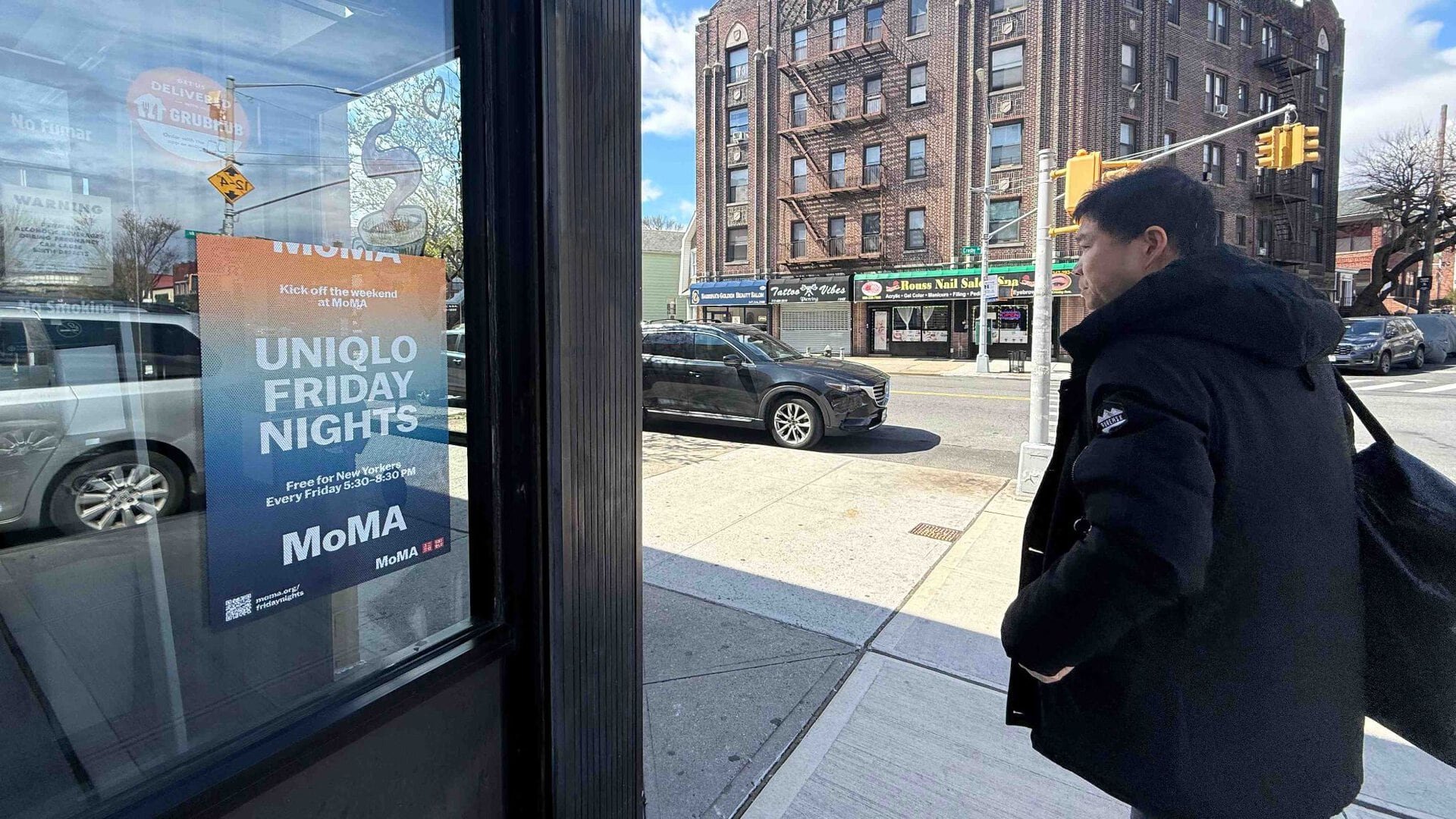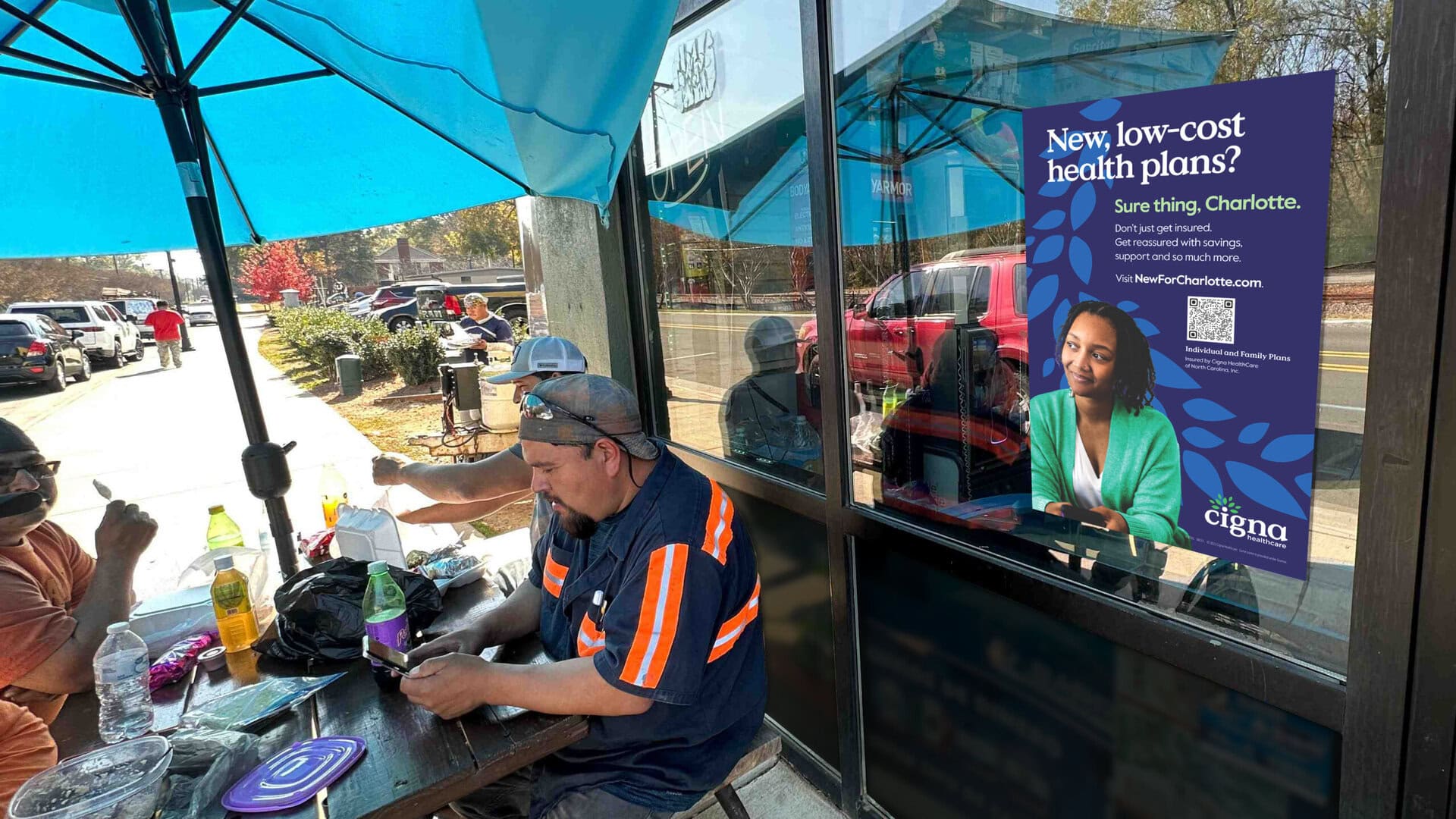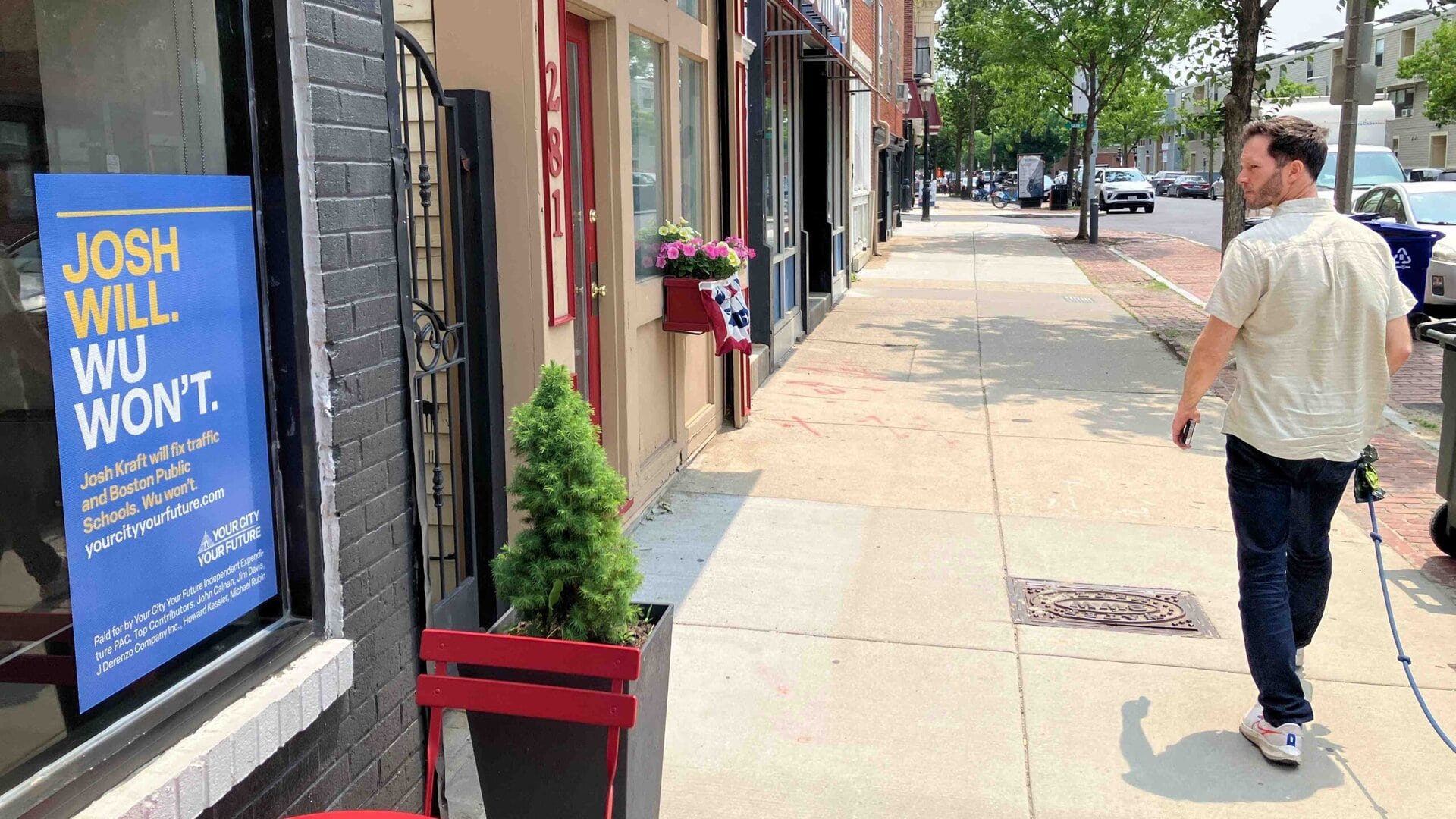Prime Day 2022 is Here.
Whether you want to or not, you probably know that Amazon Prime Day kicked off this week, July 12 and 13, featuring sales and epic deals on a wide range of products. Customers are ready, with 88% of American Prime members surveyed in a RetailMeNot poll saying they plan to shop during Prime Day this year. However, since Amazon’s fees cut into profits of business owners, the biggest e-commerce site might be a tough sell for those who advocate for small enterprises.
Mobilizing small business storefronts has been at the crux of WNDW’s mission for the past 30 years, so we recognize the key role of big businesses in promoting small businesses. So as another summer shopping season rolls around, here’s how you can navigate Prime Day and Amazon to find local goods.
Finding Small Businesses and Independent Sellers on Amazon.
A great way to scout for independent sellers on Amazon is through their Support Small search engine which features all sorts of products exclusively sold by small businesses. Different categories include local black-owned brands, women-owned businesses, family-owned enterprises, and more. You can even learn more about the people behind the products by navigating the Meet the Business Owners section, where you can find blurbs from various entrepreneurs. The Support Small offers a wide range of different products, discounts, and prices to cater to all your shopping needs. You can even filter the items and stores to find and support local businesses in your region.
Yet, the most popular and practical way to identify small businesses on Amazon remains via their storefront icon, which is often found in the “About this item” information, right below the “Additional Details” header. While the Amazon layout and sponsored listings can make it tricky to identify products from small businesses, the small storefront icon remains the optimal indicator that the product is from a small business brand.
Blending digital & physical one storefront at a time.
Arguably, even the world’s most advanced online retailer recognizes the significant role of storefronts in advancing their business. When Amazon launched its brand new brick and mortar grocery stores, Amazon Fresh, they came to WNDW for a low-tech, highly-targeted marketing approach with storefront billboards pointing people to their physical store locations. From highlighting storefronts on their e-commerce website to utilizing real life storefronts to introduce new services, Amazon proves once again that local storefronts are a marketing necessity to advance their products while boosting community engagement.
Without small businesses, the American economy and workforce would be unimaginable. This is exactly why it becomes a critical responsibility for big businesses to consider supporting small businesses, therefore encouraging thriving economies. No matter how small, small storefronts create new economies where once there was nothing.



